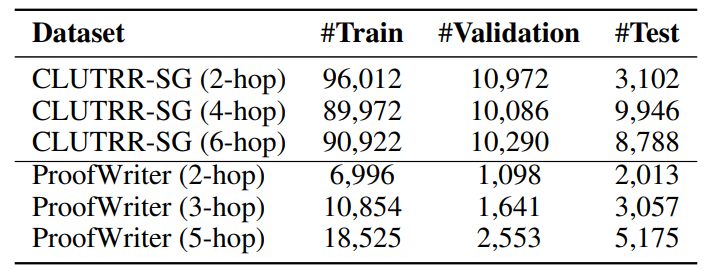Cryptocurrency analysis firm Messari announced in its Q3 State of the XRP Ledger report that the XRP ecosystem performed strongly in the third quarter and made significant infrastructure improvements for enterprise-level use.
According to the report, XRP closed the quarter at $2.85, a 27.2% increase, reaching its all-time high. Its market capitalization reached $170.3 billion, outperforming BTC, ETH, and SOL, which grew by only 13.3% combined during the same period.
Messari’s report argues that XRP Ledger (XRPL) now has enterprise-grade infrastructure for identity verification, financial compliance, and privacy. This includes storing the parameters of tokenized real-world assets (RWA) via multi-purpose tokens (MPTs), providing privacy protection with Zero-Knowledge Proofs (ZKP), and offering regulatory compliance with KYC/AML-verified access credentials. Messari states that these features will position XRPL for the forefront of corporate finance, DeFi, and asset tokenization.
The report notes that the tokenized real-world assets (RWA) market has gained significant momentum on XRPL. In the third quarter, RWA market capitalization on XRPL increased by 215% to $364.2 million. This growth was driven by projects such as Ondo Finance’s OUSG treasury fund, Guggenheim’s digital commercial paper, and tokenized real estate issued by Ctrl Alt. Furthermore, Ripple’s dollar-pegged stablecoin, RLUSD, rose 34.7% quarter-over-quarter to reach $88.8 million in market capitalization, becoming the largest stablecoin on XRPL.
The report, highlighting XRPL’s deflationary nature, states that transaction fees are not distributed to validators but are burned directly, reducing the supply. Since the network’s inception, 14.2 million XRP (approximately $40.5 million) has been permanently burned. However, Ripple releases 1 billion XRP each month, with unused tokens being locked back into escrow accounts. Messari states that this system will gradually release the remaining 35 billion XRP into circulation.
Activity on the XRPL network also accelerated in the third quarter. The average daily transaction count increased by 8.9% to 1.8 million, while the number of daily active addresses increased by 15.4% to 25,300. The number of new addresses increased by a remarkable 46.3% to 447,200. While the total number of addresses has risen to 6.9 million, Messari stated that this data is more reliable than other networks, as the 1 XRP deposit requirement to open an account on XRPL prevents the creation of spam accounts.
Looking at transaction types, the most frequently used transactions on XRPL are Payment (value transfer) and OfferCreate (limit order creation). OfferCreate transactions support transaction flow through the order book on XRPL’s built-in decentralized exchange (DEX) infrastructure. This demonstrates that the XRP Ledger is evolving from a mere transfer network to a fully developed ecosystem of on-chain liquidity and financial instruments.
*This is not investment advice.
Source: https://en.bitcoinsistemi.com/comprehensive-report-on-ripples-xrp-current-status-released-does-it-look-healthy-here-are-the-details/


